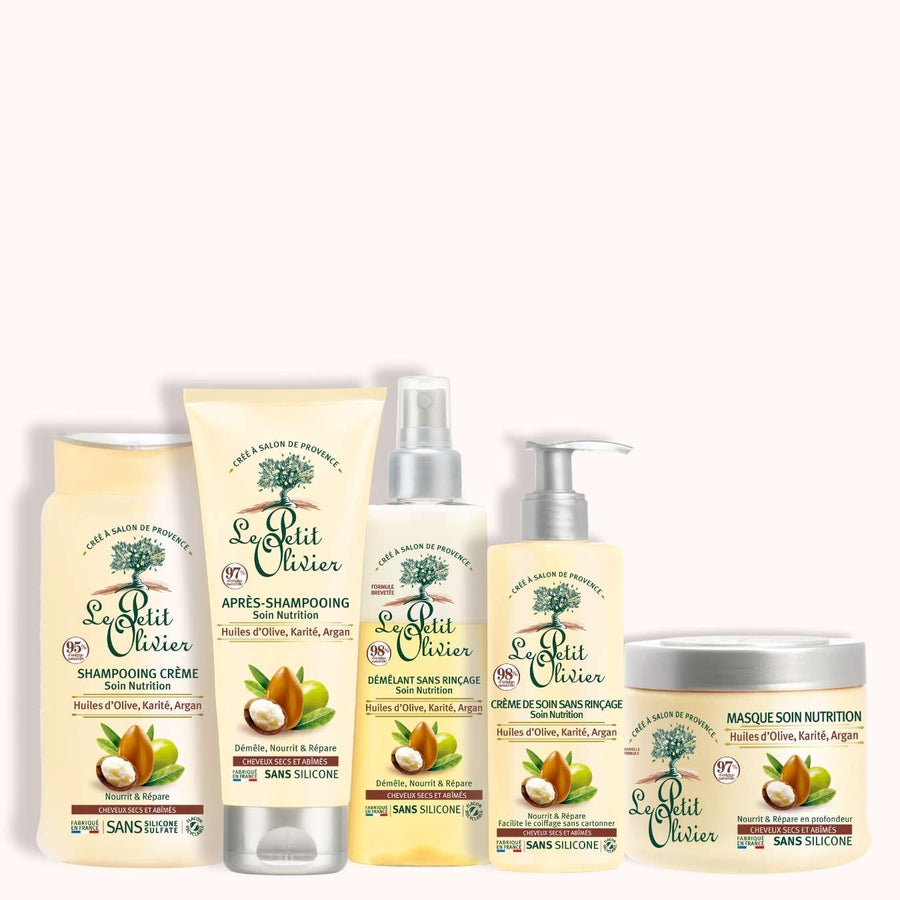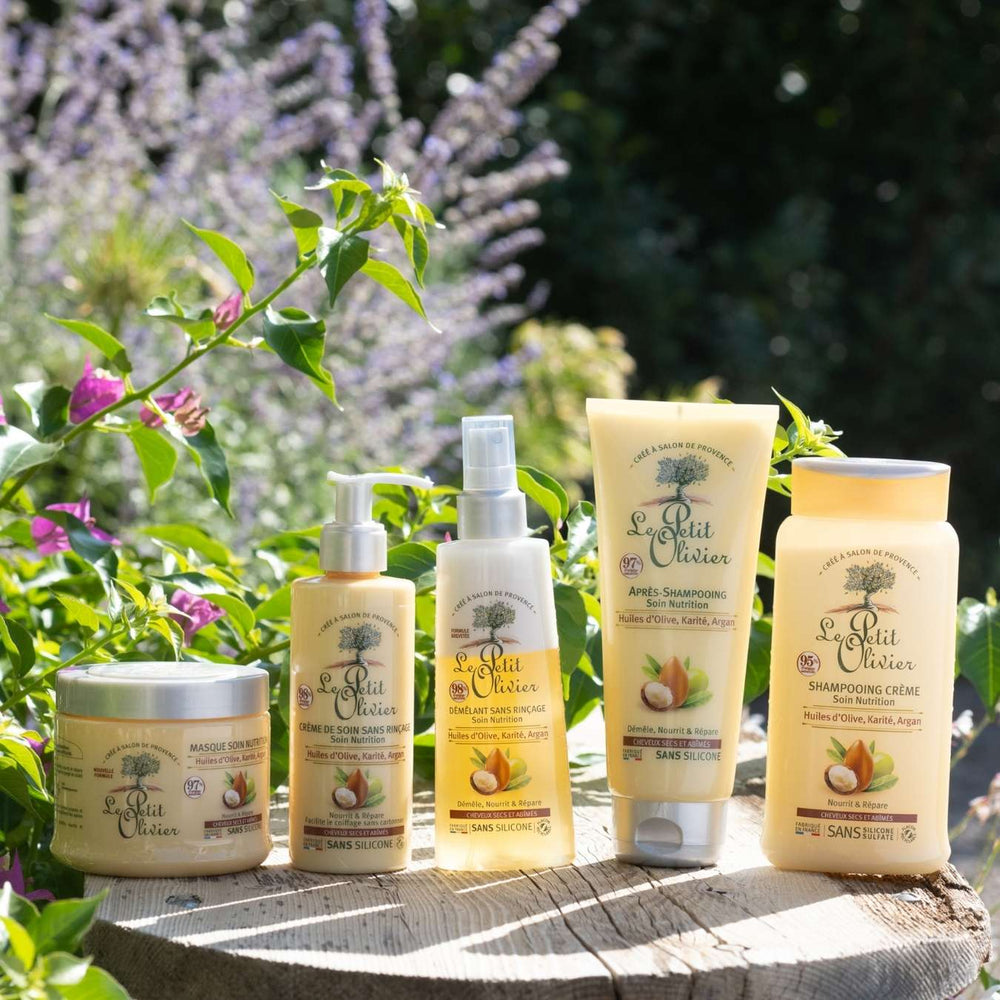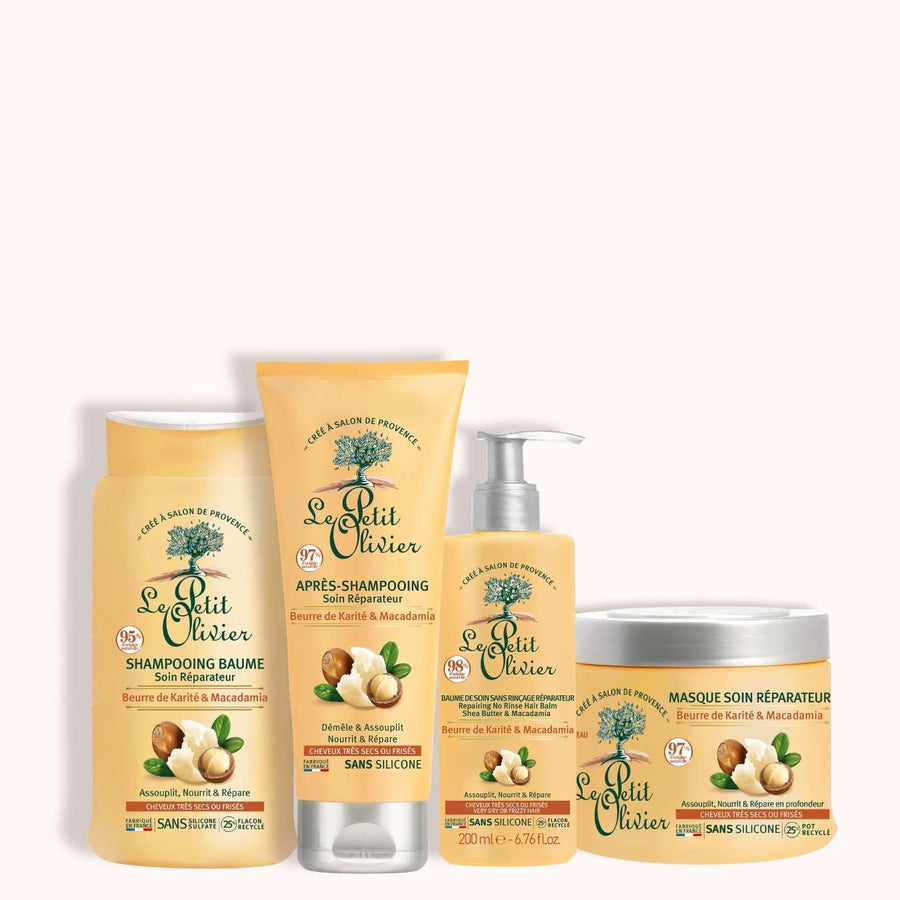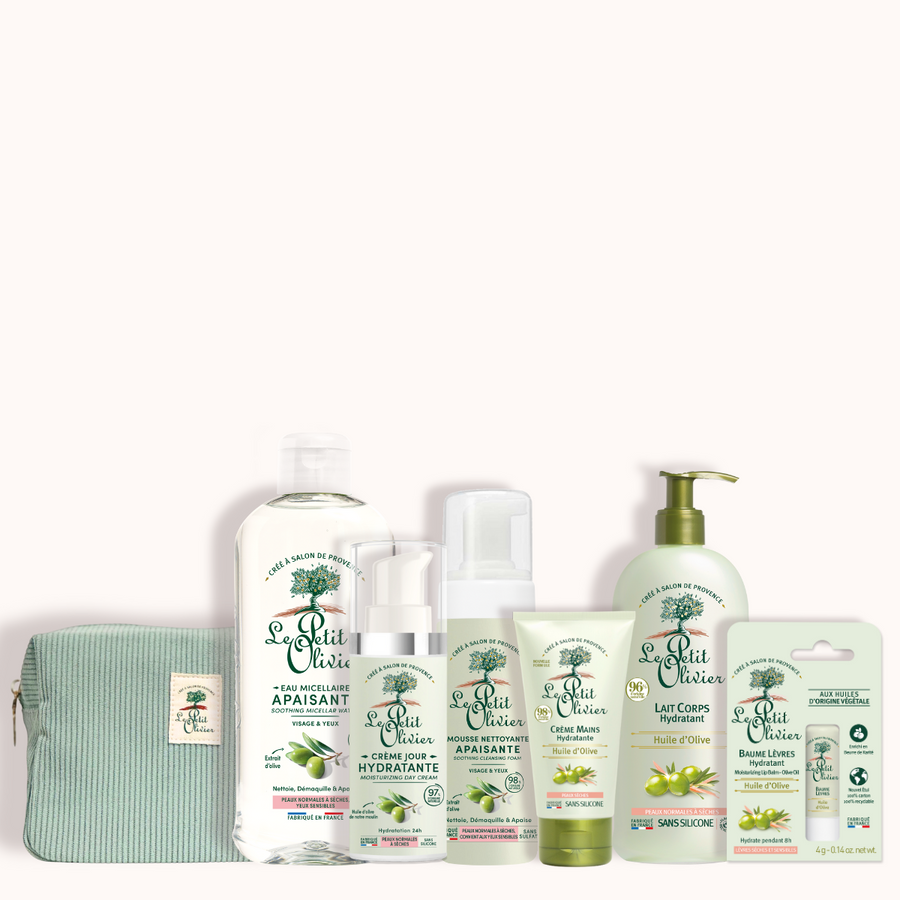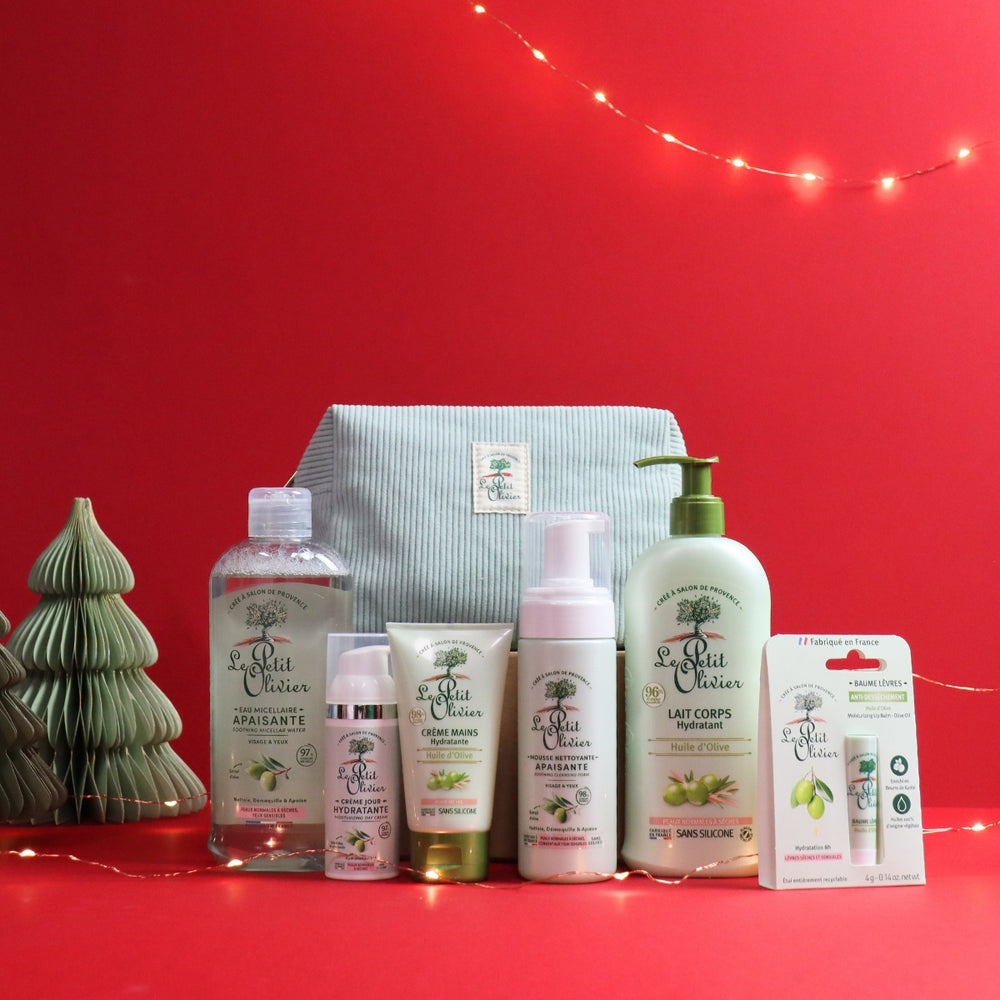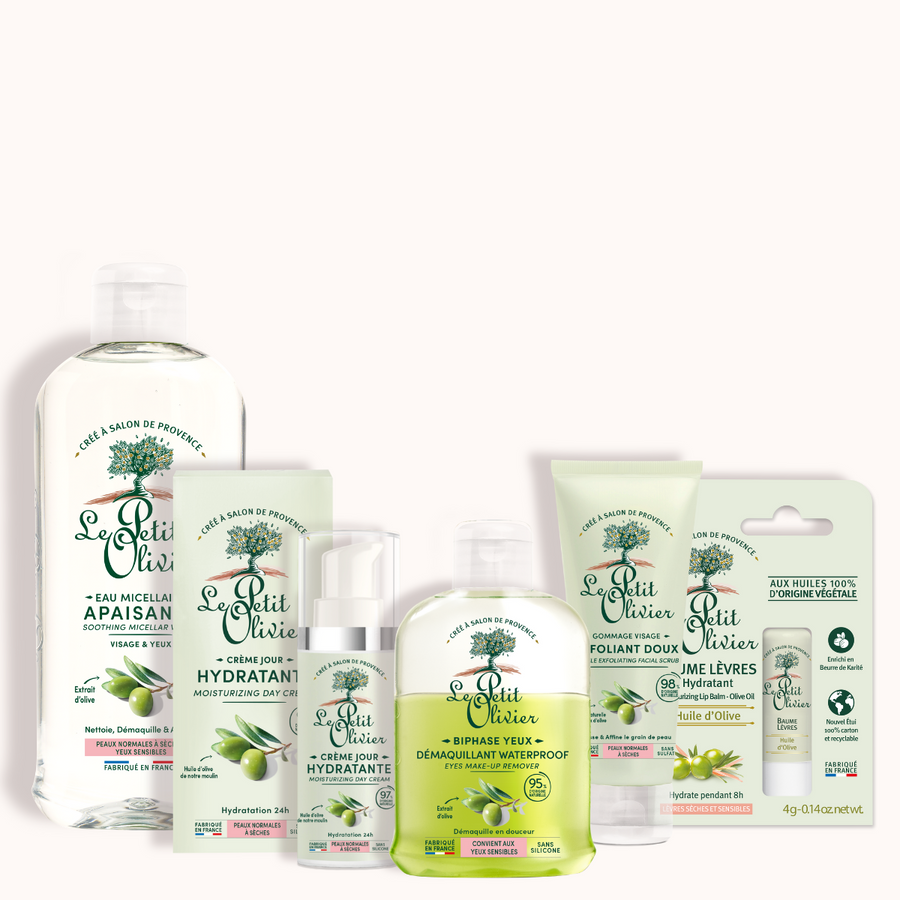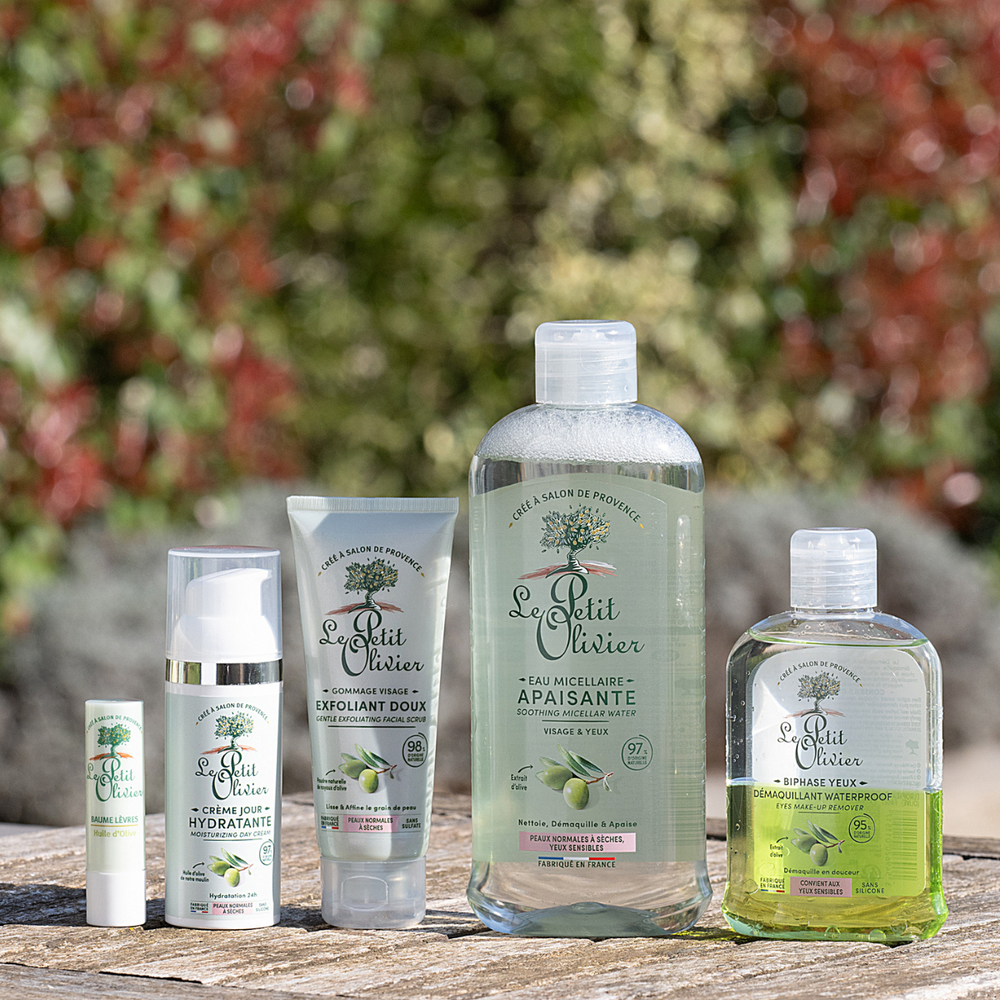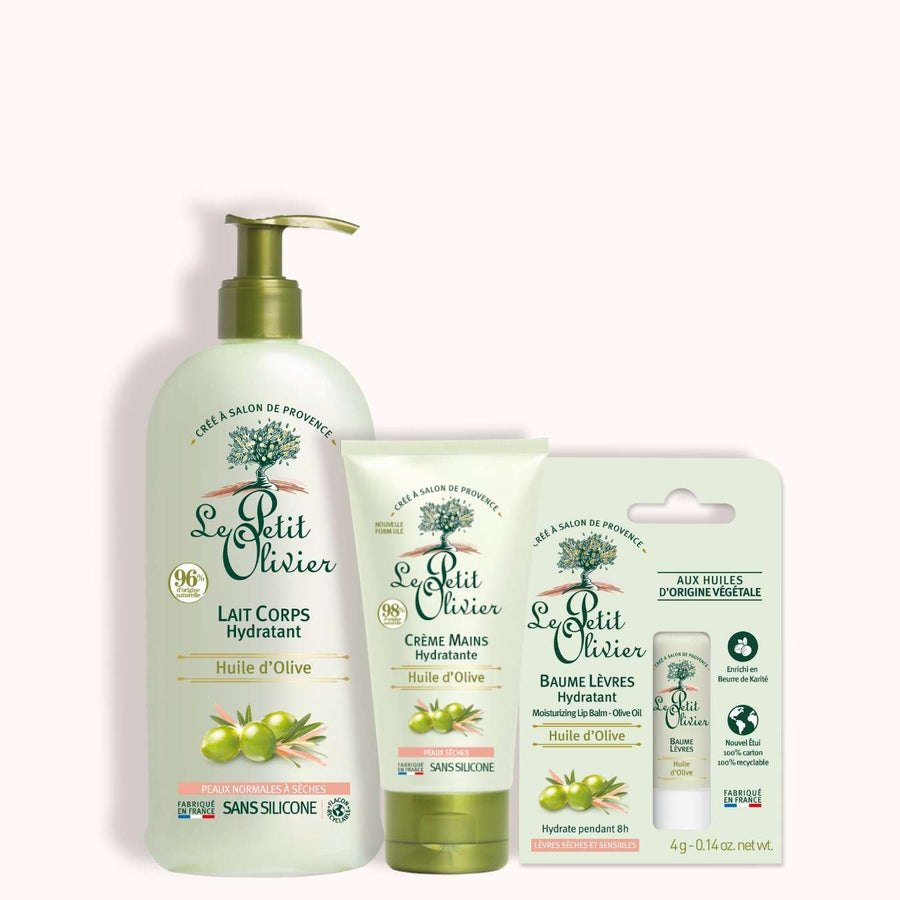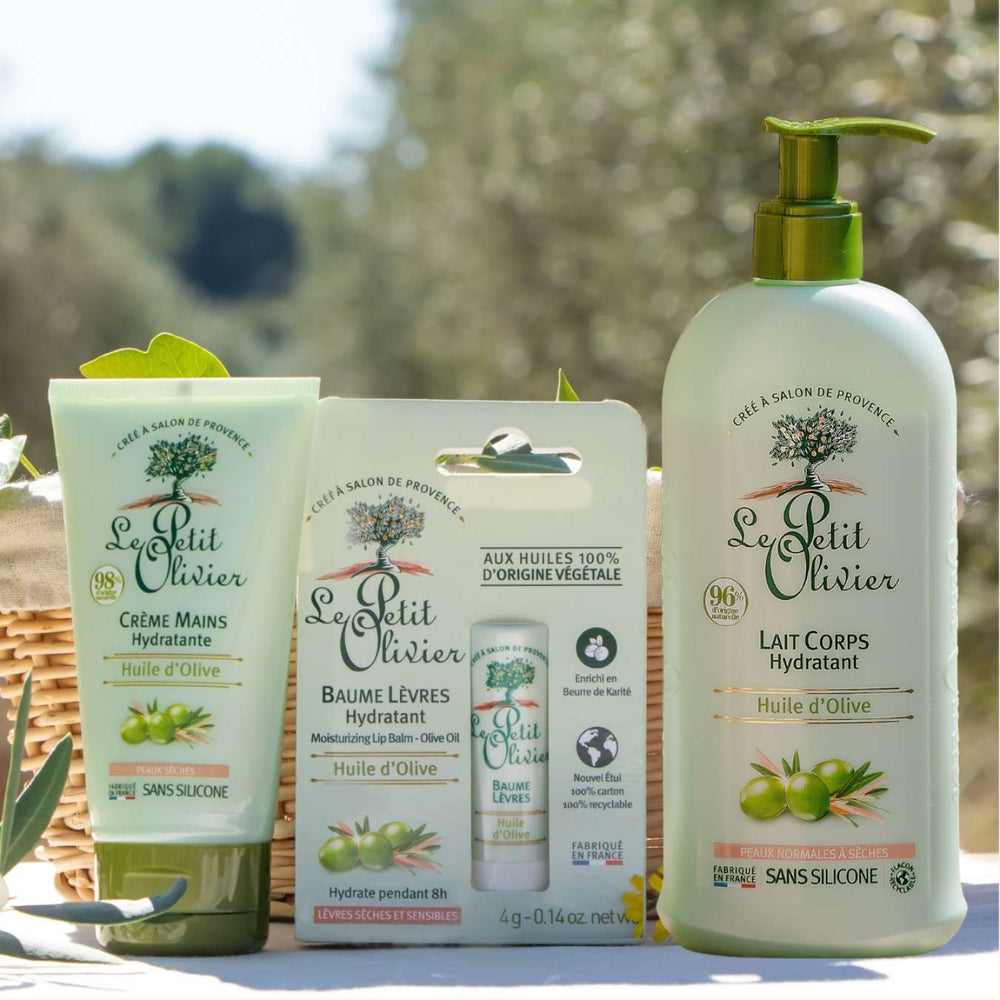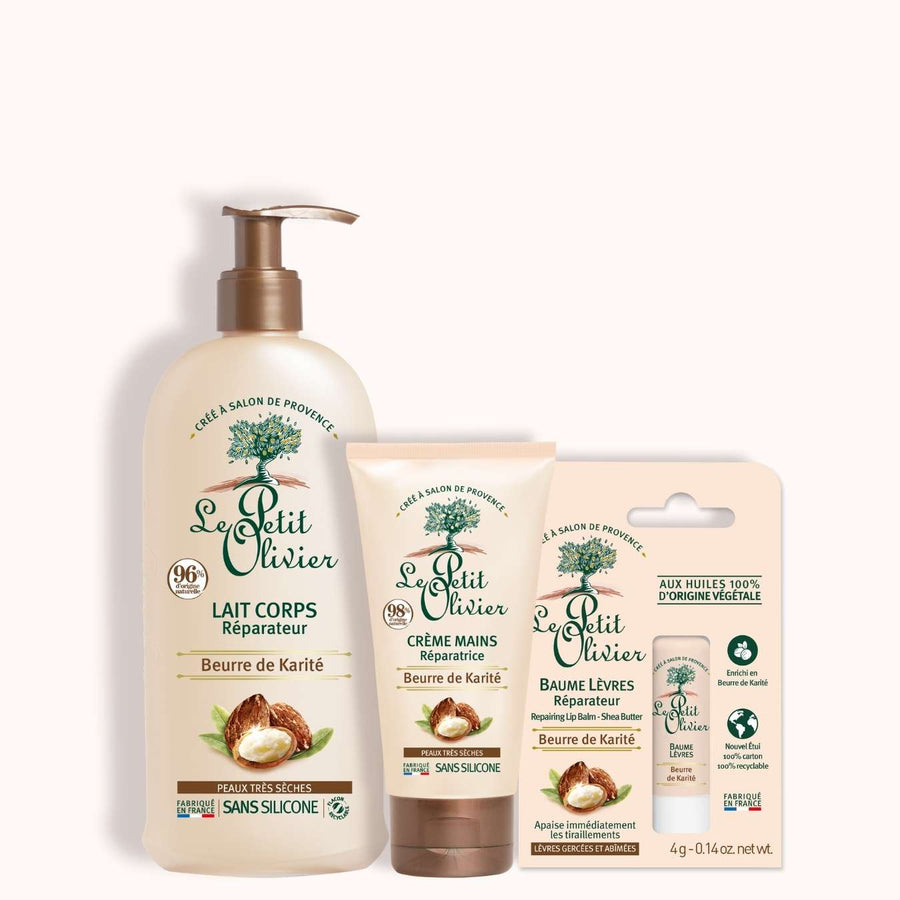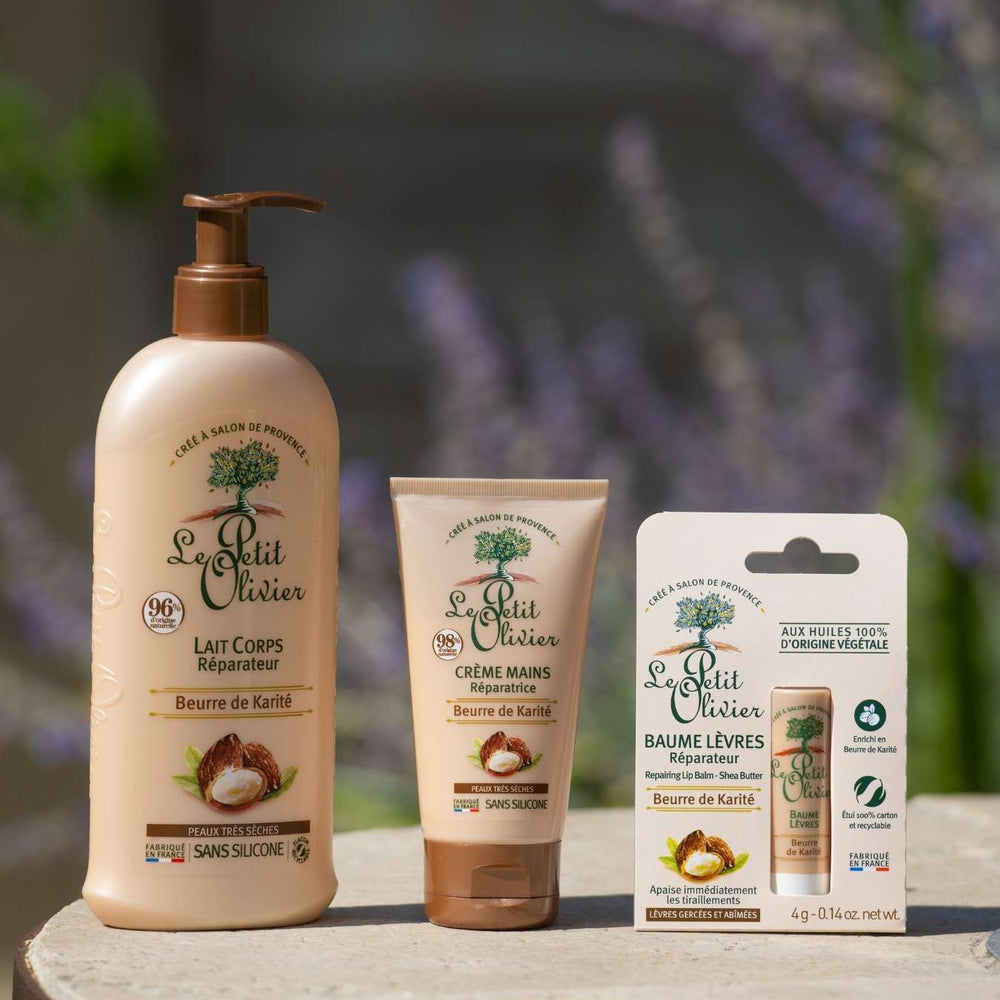Can detangler be used on dry hair?
The challenge of dry hair often lies in its tendency to tangle and lose its shine. Detangler, an essential product in the hair routine, plays a crucial role for those wishing to regain smooth, tidy hair. But is conditioner suitable for all hair types? This is a question that needs to be addressed to understand its impact and potential benefits.
Understanding the role of detanglers for dry hair
How detangler works on dry hair
Dry hair, which is often fragile and unruly, needs special attention to maintain its shine and suppleness. Detangler plays a crucial role here, facilitating styling while preserving the integrity of the hair fiber. Thanks to its sheathing action, it envelops each hair in a protective film that helps smooth the cuticle, reducing friction when brushing and minimizing the risk of breakage.
Applying detangler to dry hair also distributes the moisturizing active ingredients more evenly, ensuring optimal lubrication for easier combing or brushing. Imagine slipping your fingers through silky hair without encountering any obstacles: that's the feeling you get from a good detangler.
The benefits of conditioner for dry hair
Moisture and nutrition with detangler for dry hair
Imagine your hair like a thirsty garden after a long period of dryness. Detanglers act like a healing rain, infusing each strand with their nourishing active ingredients. These formulas, often enriched with precious oils such as argan or shea, penetrate deep into the hair fiber to restore its natural moisture level. Dry hair regains its softness and suppleness, with a radiant shine that testifies to its healthy balance.
Regular use of an appropriate conditioner also helps strengthen fragile hair by improving its elasticity. This treatment acts like an invisible shield, protecting against external aggressors such as pollution and wind, while preserving the integrity of ends that are often prone to split ends.
Preventing hair damage on dry hair
Dry hair is particularly vulnerable to breakage and other mechanical damage during styling. By applying a detangler before brushing, you create a protective barrier that considerably reduces the risk of breakage. This silky film facilitates the passage of a wide-tooth comb or soft-bristle brush, minimizing the friction responsible for stubborn knots.
How to use detanglers correctly on dry hair
Steps for applying conditioner to dry hair
Applying detangler to dry hair requires a certain delicacy to maximize its effects. Start by spraying the product evenly all over your hair, paying particular attention to lengths and ends, where knots are often the most stubborn. Then use a wide-tooth comb to distribute the product, taking care to start with the ends before gradually working your way up to the roots. This gentle method limits breakage and preserves the hair's natural structure.
Remember to lightly massage the scalp with your fingertips as you apply it, to encourage the moisturizing active ingredients to penetrate. Finally, leave the conditioner to act for a few minutes, so that it can wrap each strand in a protective veil before styling.
Frequency of use of detangler for dry hair
The frequency with which you use conditioner depends mainly on the condition and specific needs of your hair. For very dry or damaged hair, it may be beneficial to make detangling part of your daily routine between shampoos. Not only does this help maintain constant moisture levels, it also helps prevent the appearance of new tangles.
However, if your hair tends to weigh down easily, or if you prefer a more minimalist approach, you might consider using detangler only after each wash. The important thing is to observe how your hair reacts and adjust your routine accordingly to achieve optimal results without compromising its natural lightness.
Differences between detanglers for dry hair and other hair types
Specific features of detanglers for dry hair compared to other hair types
Detanglers designed for dry hair are distinguished by their ability to restoremoisture balance and strengthen the hair fiber. Unlike products designed for normal or oily hair, these formulas incorporate active ingredients rich in nourishing plant oils and butters that penetrate deep into the cuticle. Imagine a comforting balm that envelops each strand, offering protection against daily aggressions while restoring shine and softness.
While detanglers for oily hair aim to regulate sebum production without weighing it down, those for dry hair favor a creamier texture, capable of delivering intense hydration. This fundamental difference allows dry hair to benefit from targeted care that specifically addresses its unique needs, preventing dryness and brittleness. Have you already found the perfect product for your dry hair?
Precautions to take when using a conditioner on dry hair
Avoid harmful active ingredients in detanglers for dry hair
The world of hair care products is full of promises, but it's crucial to know how to decipher their composition. For dry hair, choose detanglers that are free of harsh active ingredients that could compromise its delicacy. For example, certain sulfates and silicones can weigh down the hair fiber or create a product dependency. Instead, opt for gentle formulas enriched with plant oils such as argan or shea.
Imagine a garden that you'd like to see blossom: you'd certainly avoid any chemical products likely to harm it. In the same way, your hair deserves our kind attention, by choosing care products that respect its fragile nature.
Test the conditioner on a small area of dry hair
Have you ever felt apprehensive about trying out a new hair care product? To avoid any unpleasant surprises, it's a good idea to test the detangler on a small, discreet section of your hair before applying it all over. This precaution not only allows you to assess the product's tolerance, but also to observe its immediate effectiveness without risking your entire hairstyle.
Take a few strands near the nape of your neck, for example, spray them with conditioner and leave to work according to the manufacturer's recommendations. This simple gesture can save you a lot of trouble, while ensuring that your choice is the right one for your specific needs.
Alternatives to conditioner for treating dry hair
Natural solutions for detangling dry hair
In the quest for smooth, knot-free hair, you may want to consider natural solutions that respect the delicacy of your dry hair. These alternatives offer a gentle yet effective approach, often inspired by ancestral traditions. For example, the use ofaloe vera, renowned for its moisturizing properties, can prove beneficial. Its slippery gel facilitates detangling while delivering a precious dose of moisture to each strand.
Similarly, cider vinegar, diluted in warm water, makes an excellent natural rinse. It helps tighten hair scales, reducing friction and preventing tangles. Imagine combing with ease after this simple, economical treatment.
We recommend these other pages:
